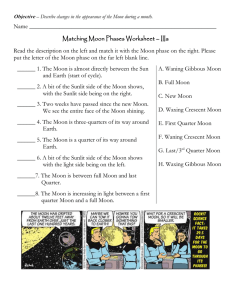



Iron (III) hydroxide, Fe(OH)3 Nickel sulfide, NiS Silver chromate, Ag2CrO4 Zinc carbonate, ZnCO3 Calcium fluoride, CaF2 Then write the Ksp expression for the salt.For each salt below, write a balanced equation showing its dissociation in water.Since this is an equilibrium, we can write an equilibrium expression for the reaction: Ksp = 2 Notice that the Ag2SO4 is left out of the expression! Why?.When the solution is saturated, the following equilibrium exists: Ag2SO4(s) 2 Ag+(aq) + SO42-(aq) When silver sulfate dissolves it dissociates into ions.Dissolving NaCl in waterĭissolving silver sulfate, Ag2SO4, in water The rate at which the salt is dissolving into solution equals the rate of precipitation. Concentration of the solution is constant. Na+ and Cl -ions surrounded by water molecules NaCl Crystal Solubility Equilibrium: Dissociation = Precipitation In a saturated solution, there is no change in amount of solid precipitate at the bottom of the beaker. Eventually the rate of dissociation is equal to the rate of precipitation.However, soon the ions floating in the water begin to collide with the salt crystal and are “pulled back in” to the salt.At first, the only process occurring is the dissolving of the salt - the dissociation of the salt into its ions.


 0 kommentar(er)
0 kommentar(er)
